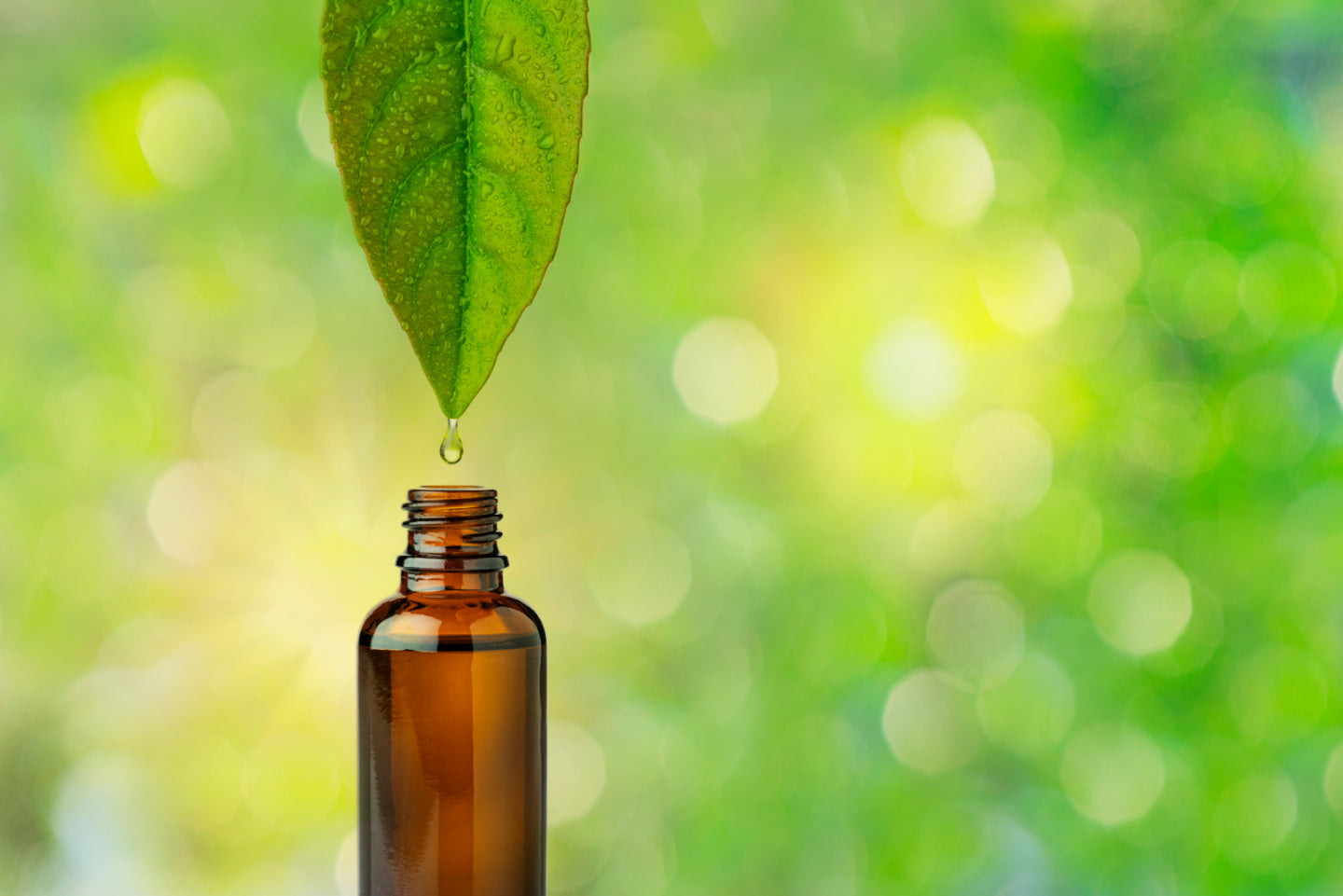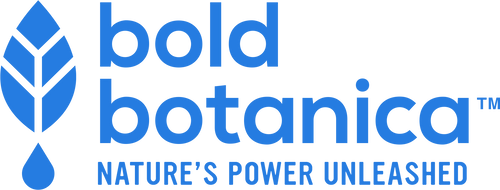Herbal Extraction 101

By James “Slim” Miles
Extract: (verb) remove or take out, especially by effort or force; a preparation containing the active ingredient of a substance in concentrated form - taken from the Latin origin; extractus meaning to “draw out” or “out of”.
Have you ever wondered how herbs are processed to make extracts? Throughout history, humans have learned how to enhance the healing properties of plants and developed a process that we now call herbal extraction. In this guide, you will learn the basics of herbal extraction methods including:
- The ancient origins of herbal extraction which date back over 5000 years
- Fundamental vocabulary used by herbalists
- The effectiveness of different solvents
- Different types of extracts
Healing with plants is as old as mankind itself. Archaeological evidence has shown that our Paleolithic ancestors included a great variety of plants in their diet, including many of that are medicinal. Some of the “non-edible” herbs they ate included familiar herbs such as Chamomile, Willow, Saint John’s Wort, Yarrow, Rosemary, Juniper and more. Our early ancestors consumed these medicinal herbs fresh or cooked as spices. At some point in human history, it occurred to someone that it could be beneficial to capture and concentrate the essence of the medicinal qualities of the plant, into another medium. And that’s when the magic of plant alchemy and herbal medicine began.
Archaeological research shows that humans have been making herbal extractions for well over 5000 years, dating back to Mesopotamian and Egyptian times. Herbal extraction pots have been found in excavations in ancient Persia dating from 3500 BC. The oral and written traditions of both Ayurveda and Chinese traditional medicine also include the use of herbal extractions dating back to 5000 years.
What is Herbal Extraction?
Herbal extraction is the process of capturing the essence of a plant, its healing and energetic properties, into another medium, using some kind of solvent. The solvent can range from water, vinegar, oil, milk, honey, wine, beer, alcohol, glycerin, CO2, or chemicals like hexane, methanol, and many others.
Plant Constituents
Through natures’ amazing wisdom, each plant contains a unique blend of hundreds of different phytochemicals. These phytochemicals, working together in synergy, act on the human body to result in medicinal benefits. They may also be referred to as compounds, components, bio-actives, bio-markers, extractives, or secondary metabolites. Much of modern herbal science is based on identifying individual plant constituents, determining their actions, distinguishing which ones are beneficial to health, and at what dosages they are safe and therapeutic. So far it is estimated that there are 170,000 known plant constituents.
Extract Solvents
The earliest extraction solvents used were water, vinegar, honey and oil. A papyrus dating 1600 BC shows that beer and wine were used as solvents and these were also used in the Ayurvedic and Chinese traditions. Herbal extraction development made another leap forward in medieval times, when pure ethanol became available as a solvent in about 900 A.D.
Today, water is still the most common solvent used in extracts. Water is also the most effective since it has the ability to extract the highest number of chemical components from the plant. Alcohol is the next most effective naturally based solvent after water and has the added benefit of being an outstanding preserving agent. Water and alcohol extract different ranges of chemical components, so one of the most effective solvents to capture the widest array of plant constituents, is a blend of water and alcohol. The ratio of water and alcohol can be adjusted depending on each individual herb and its constituent profile.
Alcohol-free herbal extracts can be made using glycerin as a solvent. A glycerin extract may be preferable to alcohol for use with children or those who are sensitive to alcohol. However, glycerin is inferior to alcohol both as a solvent and a preservative. Glycerin has less than half the solvent power of alcohol. This is because the properties of glycerol are thick, dense and viscus thus reducing its extraction efficacy. Also, glycerin is digested more slowly than alcohol, slowing down the body’s response to the herbs’ constituents and activity.
Unfortunately, today many industrial solvents are being used in the food and supplement industry. Many companies use chemical solvents such as hexane, acetone, methylacetate, and methanol as solvents. These solvents can be removed at the end of the extraction process, however there are often small amounts of residue remaining in the final product, and the use of these chemical solvents adds to a negative environmental impact.
Basic Extraction Terms:
Herb- The medicinal plant or fungal material used to make the extract. This consists of specific plant parts, depending on each individual herb, and where the highest concentrations of beneficial active constituents are found: flowers, leaves, stems, seeds, roots, or mushrooms. The material may be in fresh or dry form, and in various particle sizes.
Menstruum - The solvent that is used to extract the herb material. This is the medium in which the plants’ constituent profile is separated, captured, and suspended.
Maceration – The process of extraction that involves steeping, stirring, and/or percolation. Here the solvent interacts with the cells of the plant material, extracting the essence of the plant into the menstruum… This is where all the magic happens!
Marc- The spent, post extraction plant material left behind after the process of decantation or pressing. Usually a press cake of dry organic matter and plant fiber. The marc is usually disposed of, unless a spagyric process is being used.
Full Spectrum- “Full spectrum” involves the concept that there is an inherent and intended wisdom in nature, and that the combinations of phytochemicals in specific plants are there for a purpose. A full orchestra of constituents balance each other, and work together in synergy to produce beneficial results. Thus, a full spectrum extract seeks to represent the full profile of the phytochemicals found in a plant, as nature intended, rather than isolating one or a few. Science is still working on unraveling the mysteries and complexities of the actions of plant constituents, but much work has been done, and the ideas of balance and synergy have been documented.
Herb Strength or Weight to Volume Ratio-
The herb strength ratio is a system used to determine how strong an extract or tincture is, or how much of original herb material is represented in an herbal extract. It is also used to standardize the process of producing extracts to a specific strength. The first number on the left describes the weight of the herb material and the second number on the right represents the volume of the solvent/menstruum. Metric ratios are based on the fact that 1 ml of water weighs exactly 1 gram. So, a 1:1 ratio means 1 gram of herb in 1 ml of liquid. A stronger potency is represented by either a lower number on the right or a higher number on the left. Welcome to herbal math! In practice, 1 ml of solvent will not usually cover or saturate 1 gram of herb, so extracts are usually started at a more dilute ratio, possibly 1:6 for example, and then can be concentrated down by removing some of the solvent.
Types of Extracts:
Tea- A hot or cold water extraction, sometimes called an infusion or tisane. A tisane, a French word, is an infusion made with any plant other than Camellia sinensis. A typical tea serving is usually an herb strength ratio of 1:16-1:32.
Decoction- A hot water extraction where the herb is simmered on a low boil for 20 minutes or longer. The herb strength ratio may start off similar to a tea but will become more concentrated as water evaporates.
Tincture- A dilute water and alcohol extract, usually a 1:6 to a 1:10. Homeopathy and flower essences start with a “mother tincture” at a 1:10 ratio as a base to start the dilution process.
Liquid Extract- A concentrated water and alcohol extract with a ratio between 2:1 and 1:5.
Solid Extract- A concentrated semi-liquid extract, or herbal paste, in which most of the liquids’ moisture has been removed, usually representing a 6:1 to 2:1 ratio.
Powdered Extract- A liquid extract that has been concentrated to the point that all the moisture has been removed to form a powder. Or this is done by spray drying the liquid onto a powder carrier. Powdered extracts may represent a wide range of herb strength ratios between 85:1 to 1:1. Powdered extracts may contain excipients either due to the spray drying method or to improve anti-caking and flow capacity for use in production in food, capsules, tablets, and other mediums.
Standardized Extract- A powdered or liquid extract in which the quantity of one or a few primary and unique constituents are identified and tested for in order to measure the strength of the extract. Measuring the levels of a particular constituent allows manufacturers to offer consistent potency and dosage. Usually, the chosen constituents are the ones that science has determined to be responsible for the primary health benefits. In some cases, studies may be done to verify the effectiveness and therapeutic dose based on the amount of a given constituent. Standardized extracts may still be full spectrum, the full plant profile may be present, however, only one or a few markers are tested for standardization as it would be unrealistic and costly to regularly test for 100's of them. So in a full spectrum standardized extract, all of the plant constituents have been equally concentrated, but only one is tested as a marker of strength.
Isolation Standardization- This is a process by which only one specific constituent is extracted from a plant usually using chemical solvents, such as hexane, etc. One popular example would be turmeric products containing 95% curcumin. Raw turmeric powder in the marketplace averages 2% curcumin, so if isolating only for curcuminoids, you lose the benefits, known and unknown, found in the rest of the 98% of the plants’ inherent phytochemistry. This type of extract no longer represents the whole plant profile and no longer contains the balance nature intended.
An herbal extract is only as good as the plant material you begin with. This is why at Bold Botanica we make or use extracts made from organic or sustainably grown herb material. We use the correct plant parts harvested at their best time for heightened potency. We balance strength with a commitment to preserve the synergy of the full profile of the plant’s active constituents. We customize our extraction methods to bring out the power residing in each herb. We utilize our decades of experience as herbalists to navigate the complexities of plant wisdom to formulate and create powerful, effective, bio-available products to support health, energy, performance, and longevity. With reverence for nature, and trust in science, at Bold Botanica we unlock nature’s healing potential to create premium products for bold living.

James “Slim” Miles – is a 30 year veteran of the natural products industry, Phytotherapist, Ayurvedic Practitioner, a co-founder of Bold Botanica, and VP of Innovation & Science at Employee Owned Apotheca, Inc.
This blog is intended for educational purposes only. This information has not been evaluated by the Food and Drug Administration. This information is not intended to diagnose, treat, cure, or prevent any disease.
References:
Richards, M.P. (2009). Stable isotope evidence for European Upper Paleolithic human diets. In: Hublin J.J., Richards M.P. (Eds.) The Evolution of Hominin Diets. Vertebrate Paleobiology and Paleoanthropology. Springer, Dordrecht.
Hardy, K., Buckley, S., Collins, M.J., Estalrrich, A., Brothwell, D., Copeland, L., … Huguet, R. (2012). Neanderthal medics? Evidence for food, cooking, and medicinal plants entrapped in dental calculus. Naturwissenschaften, 99(8), 617-626.
Abou El-Soud, N.H. (2010). Herbal medicine in ancient Egypt. Journal of Medicinal Plants Research, 4(2), 082-086.
Levey, M. ( 1959 ) Chemistry and Chemical Technology in Ancient Mesopotamia, Elsevier, Amsterdam, The Netherlands .
Mills, Simon, and Kerry Bone. Principles and practice of phytotherapy. Modern herbal medicine. Churchill Livingstone, 2000.
Cech, R. 2016. Making Plant Medicine. Williams, OR: Horizon Herbs
Delgoda, Rupika. Pharmacognosy: Fundamentals, applications and strategies. Academic Press, 2016.



